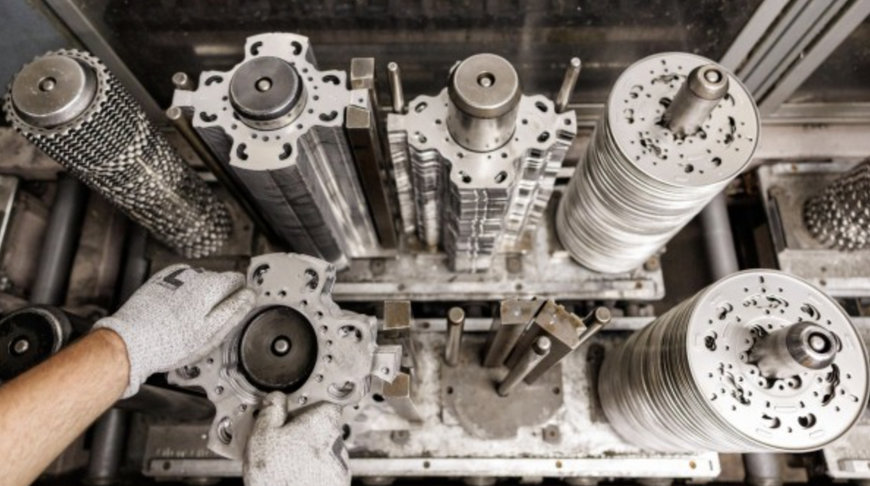www.auto-innovations.net
31
'23
Written on Modified on
Schaeffler News
Key innovation by Schaeffler - dual-mass flywheels
Smoother running, enhanced driving comfort and reduced fuel consumption thanks to dual-mass flywheel technology by Schaeffler. Continuous R&D and technical refinement drive successful track record in combustion-engine and hybrid vehicles spanning nearly four decades.

The dual-mass flywheel (DMF) is an integrated spring/damping system that promotes extra-smooth running, reduces engine noise and helps save fuel in internal-combustion and hybrid vehicles. Schaeffler first brought this pioneering innovation for significantly enhanced acoustic and driving comfort onto the market in 1985. Since then, the motion technology company has supplied 200 million units to vehicle manufacturers all around the world. “The dual-mass flywheel is a prime example of Schaeffler making automotive history. What began 40-odd years ago as a clever idea for damping vibration in gasoline engines has remained to this day an effective solution for improving vehicle ride comfort while also lowering fuel consumption and hence CO2 emissions,” said Schaeffler CEO Automotive Technologies Matthias Zink.
Schaeffler manufactures the longstanding product for customers all around the world at its plants in Bühl (Germany), Szombathely (Hungary), and Taicang (China). The plant in Bühl – the dual-mass flywheel’s birthplace – has itself produced over 100 million units of the product since it first went into production.
Market success through continuous technical refinement
Schaeffler developed the dual-mass flywheel at its Bühl campus in the 1980s – the end result of intensive detail work. The big market breakthrough came in 1989 with the addition of the arc spring damper, which improved the flywheel’s performance – as well as reducing the cost of the overall system. While the primary flywheel mass was originally made of cast or forged steel, Schaeffler’s expertise in metal forming soon enabled it to make all components except for the secondary mass from formed sheet metal parts. This made the system lighter and paved the way for the DMF to go into widespread use. By 1998, the company was producing around two million units annually – meaning that 20 percent of all manual-transmission cars in Europe were benefiting from significantly reduced noise, vibration and harshness as well as comfort thanks to Schaeffler dual-mass flywheel technology. But Schaeffler did not rest on its laurels, and in 2008 it introduced the centrifugal pendulum-type absorber, further improving the DMF’s vibration and noise damping performance. Today, Schaeffler makes this spring/damper system in several hundred variants for more than 50 customers worldwide.

Effective isolation from torsional vibrations
Installed between the engine and the transmission, the dual-mass flywheel prevents torsional vibrations from the piston action of the engine from propagating along the drive train to the transmission. The secret to this is the pendulum mass of the flywheel’s centrifugal pendulum-type absorber, which exerts a force against the direction of rotation of the engine. This cancels out the torsional vibrations produced by the engine almost entirely, delivering major benefits, particularly when driving with lower engine speeds. The system is also a highly effective means of absorbing drive train noise. Not that the dual-mass flywheel is purely a comfort feature; it also reduces fuel consumption. One way in which it does this is by facilitating driving in the more fuel-efficient lower engine speed range, which also lowers CO2 emissions.
www.schaeffler.com

